Survivors walk on a road amidst heavy downpour after “super typhoon” Haiyan/Yolanda battered Tacloban city in central Philippines. (Source: International Business Times.)
The “super typhoon” known as “Haiyan” or “Yolanda” hit the central Philippines a few days ago, plowing into an estimated 25 million people, and killing an estimated 10,000. With sustained winds of up to 315 km/h (200 mph) — that’s 40 mph faster than the typical landing speed of a 737 — and gusts of up to 380 km/h (235 mph), the trail of devastation left by what is believed to be the strongest tropical storm in recorded history to make landfall is horrifying.
A man walks through the debris of smashed houses in Tacloban city, Leyte province, central Philippines. (Source: ABC News Australia.)
Philippine infrastructure isn’t what it should be at the best of times, and after a disaster like this one, it’s far, far worse. According to Nina Corpuz, a reporter with the Philippine TV channel ABS-CBN, only one hospital in the city of Tacloban, which was hit hard by the typhoon, is functioning, and it’s limited to 250 beds. With buildings reduced to rubble and roads destroyed, food, shelter, power, and medicine are in short supply.
Empty coffins lie on a street near houses damaged after “super typhoon” Haiyan/Yolanda battered Tacloban city. (Source: International Business Times.)
If you’d like to help with a donation, consider these guidelines from 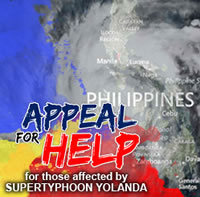 Shai Coggins, my fellow blogger from the Philippines. She used these when trying to decide where to send her money:
Shai Coggins, my fellow blogger from the Philippines. She used these when trying to decide where to send her money:
1. I’d like my donation to go directly to the aid of the people affected by Typhoon Haiyan/Yolanda. That’s why I passed up on organisations whose “donate” button sent me to a general “international crisis” fund.
2. I want to donate to a local organisation who’s already doing the work in the affected areas. Reading news articles that pointed me to organisations who are already sending in people and aid made me look at their work more closely. This way, I can just support what they’ve started.
3. I need the donation process to be simple and straightforward, and one I can help to promote to others who might want to donate too. That’s why I liked donation pages that offer several options to send in the money – from Paypal and online credit cards to cheques and bank transfers.
This is how I ended up sending my support to the Philippine Red Cross at this time.
1000 Philippine pesos is a helpful amount to donate, and in U.S. and Canadian currency, that’s less than 25 bucks.
@SBTaskForce needs urgent help processing msgs for Typhoon #Yolanda – anyone can help! http://t.co/JKadmTNnlh #crisismapping @CrisisMappers
— Melissa Elliott (@MelyMello) November 10, 2013
If you have an internet connection and some time to spare, you can also help directly by participating in the “crisis mapping” effort. For more details, see here.
Sustained 315 km/h (200 mph) winds blew through Tacloban city, destroying houses and lifting cars. (Source: ABC News Australia.)
I’d like to send a big shout-out to the U.S. Marine Corps, who’ve responded to the Philippine government’s call for assistance. Thanks, guys!
U.S. Marines arrive in the Philippines at the request of the Philippine Government. (Source: TIME’s supertyphoon live blog.)
Filipinos are disproportionately big social media/smartphone/mobile phone users, so social media’s playing a big role in relief efforts and helping to find missing or displaced people. These hashtags may come in handy:
To stay on top of this news, TIME has a great live blog providing regularly updated coverage.

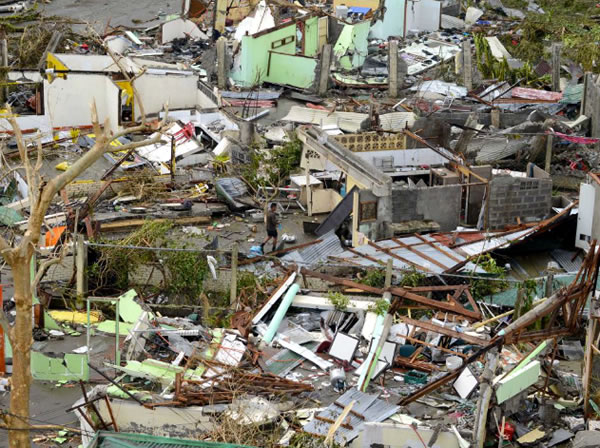
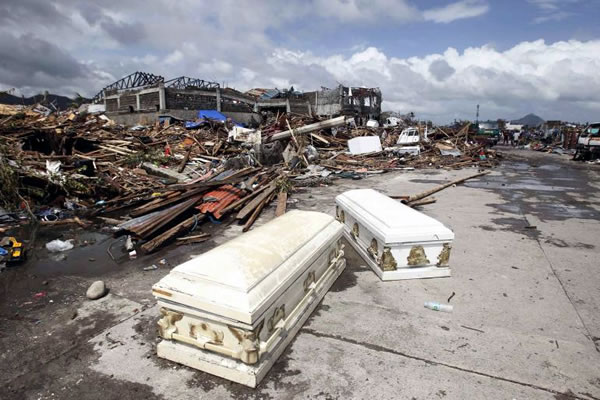
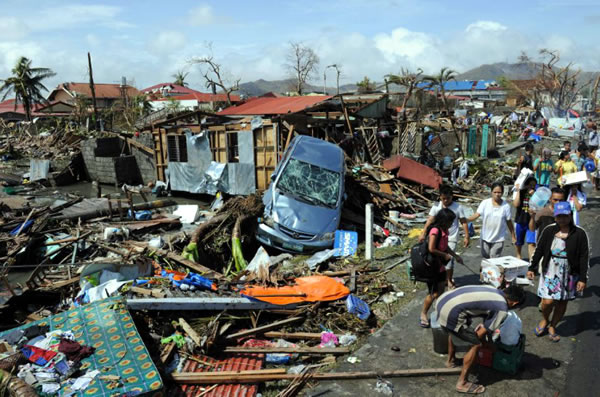
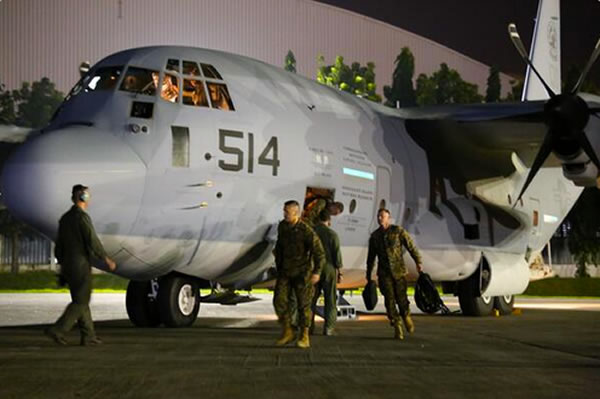
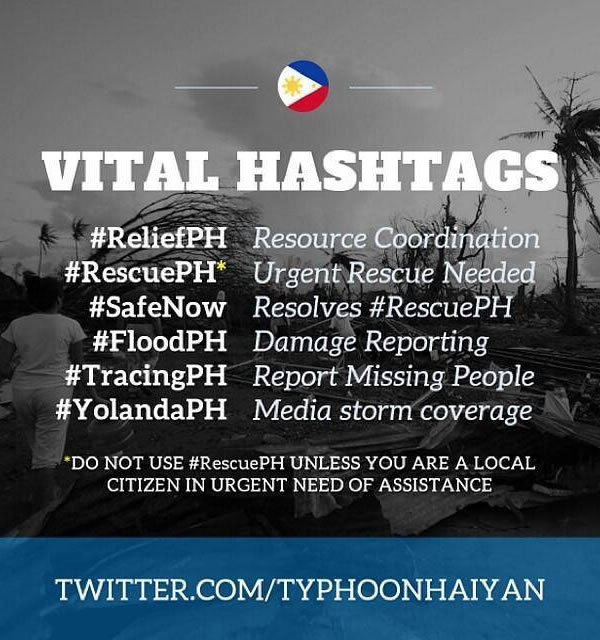
One reply on “The “super typhoon’s” aftermath in the Philippines, and how you can help”
Frightening!
Thanks for the info – I had also been wondering the same thing about where to send money.
Donation complete.